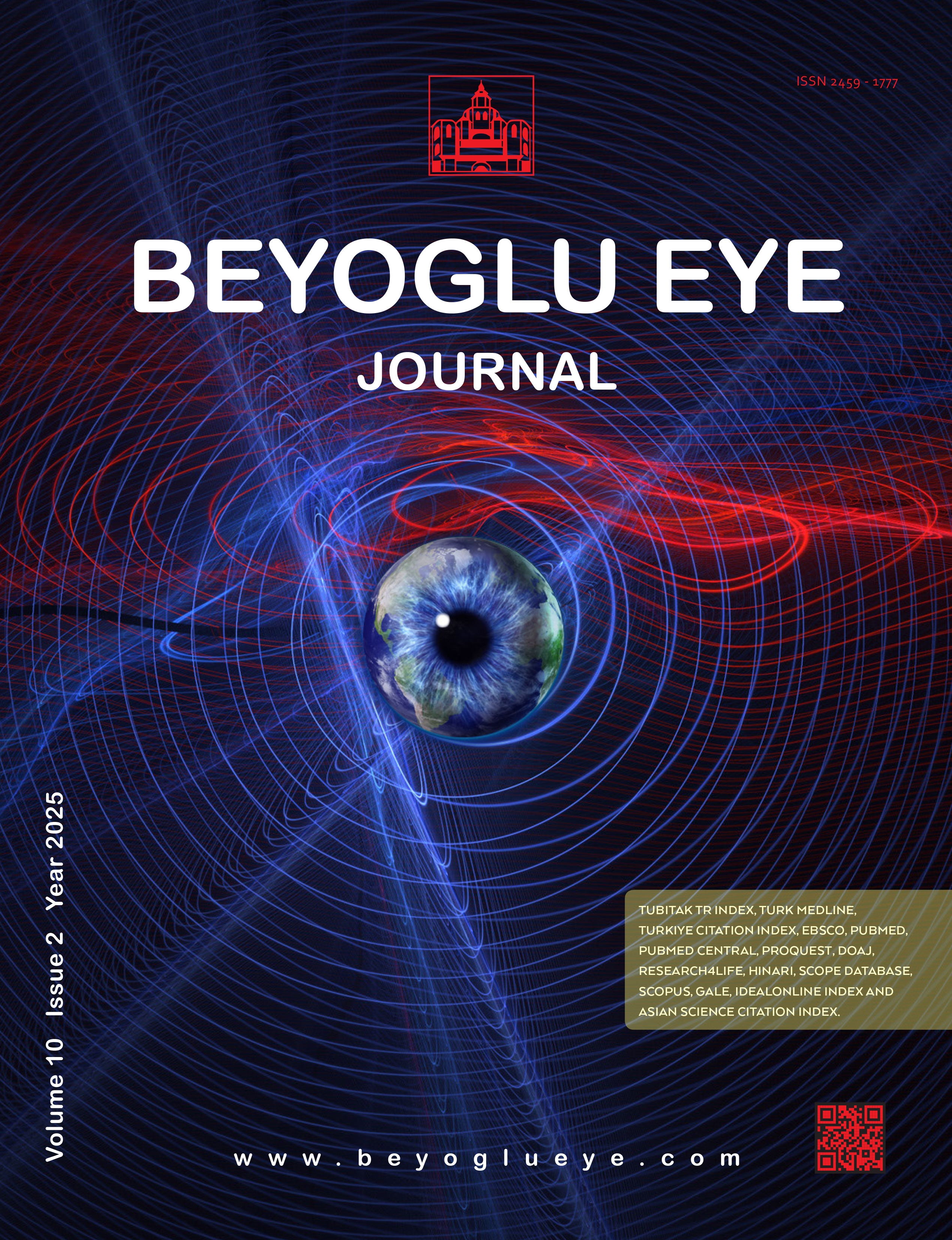
8-to-10-Year Follow-Up Results of Photorefractive Keratectomy and Risk Factors for Myopia Regression (Including Near Work Activity) in Southeast Iran
Sahar Mohaghegh1, Haleh Kangari1, Shahram Bamdad2, Saeed Rahmani11Departmntrent Of Optometry, School Of a1Department of Optometry, School of Rehabilitation, Shahid Beheshti University of Medical Sciences, Tehran, IranRehabilitation Sciences, Shahid Beheshti University Of Medical Sciences, Tehran, Iran.2Department of Ophthalmology, Poostchi Ophthalmology Research Center, Shiraz University of Medical Sciences, Shiraz, Iran
OBJECTIVES: To evaluate the 8-to-10-year safety, efficacy, and predictability of photorefractive keratectomy (PRK) and to assess the risk factors for myopic regression and the role of near-work activity in myopia progression.
METHODS: This retrospective study included patients who underwent mechanical PRK and were followed up for 810 years. Pre-operative clinical data, including visual acuity, refraction, tomography, optical zone, and ablation depth, were analyzed. Safety, efficacy, and predictability indices were evaluated, and astigmatism correction was assessed using Alpins vector analysis. Myopic regression was defined as a spherical equivalent <−0.25 D. Risk factors for myopic regression were evaluated using regression analysis, and near-work activity was investigated as a potential factor for myopia progression.
RESULTS: Eighty-two patients (mean age 30±5.8 years) completed the follow-up. Pre-operative and post-operative refrac-tive errors were −3.61±1.80 D and −0.12±0.25 D, respectively (p<0.001). Seventy-four percent of patients had post-op-erative refractive errors within ±0.25 D. The safety, efficacy, and predictability indices were 1, 0.95, and 0.97, respectively. The astigmatism correction index was 1.02±0.78. Myopic regression occurred in 22% of patients. Regression analysis showed that the odds of myopic regression increased by 1.4 times (p=0.04) for each 1 D increase in myopia and by 1.05 times (p=0.04) for each micrometer increase in ablation depth. Conversely, the odds decreased by 0.14 times (p=0.03) with each millimeter increase in corneal diameter. The odds ratio for the time spent on near-work activity was insignificant.
DISCUSSION AND CONCLUSION: PRK proved to be a safe, effective, and predictable procedure in the long term. Myopia and ablation depth were significant risk factors for myopic regression, while corneal diameter was protective. Near-work activity did not af-fect myopia progression. Under-corrected eyes for astigmatism exhibited a higher magnitude of pre-operative astigmatism compared to over-corrected eyes.
Manuscript Language: English








